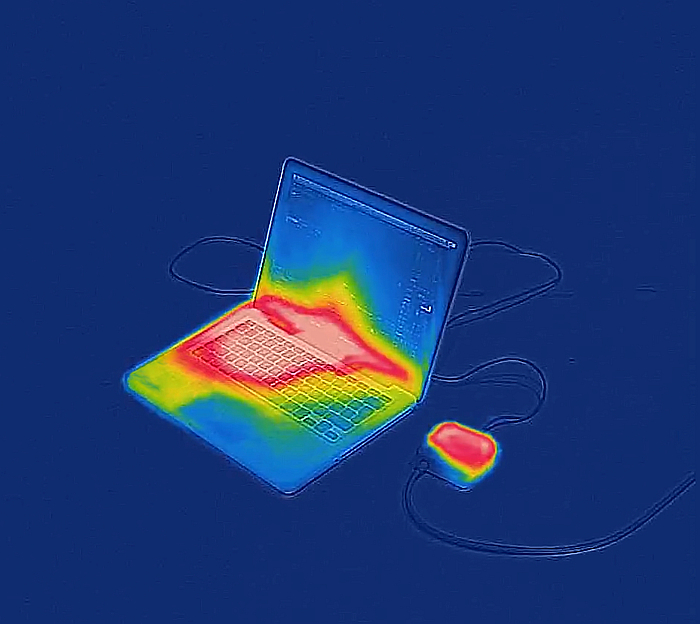According to Germanic folklore Mairegen bringt Segen, Rain in May brings blessings.
It also brings an excellent excuse to visit an architecture and/or design exhibition.
Our five recommended shelters from the showers in May 2021 can be found in Ulm, Stockholm, Baruth, Zürich and Hasselt......
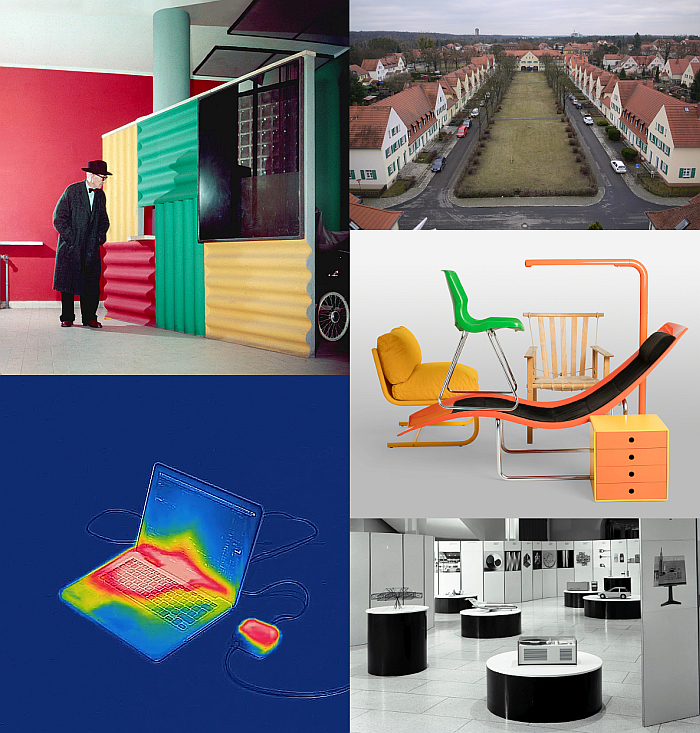
Although only existent between 1953 and 1968 the Hochschule für Gestaltung, HfG, Ulm has a near mythical place in the (hi)story of post-War design in West Germany; a status which, so the Exhibition Fever curators argue, wasn't established alone through the numerous product and graphic design projects realised by the likes of, and amongst many others, Hans Gugelot, Otl Aicher or Walter Zeischegg, but was also established through the HfG Ulm's contribution to the development of the practice and theory of exhibtion and trade fair design.
A contribution embodied by exhibitions developed to present the work of the institution's staff and students and by extrapolation to promote the school and its positions on both design and design education. And also through trade fair presentations commissioned by commercial partners which both allowed the fruits of the school's cooperations with industry to be presented to a global audience and thereby enable the HfG Ulm to be a component of the contemporary design discourse, and also enabled a platform, pun intended, for the HfG Ulm to develop new exhibition design concepts, new communication design concepts.
Realised in context of a research project undertaken by the HfG-Archiv in cooperation with the Hochschule Pforzheim and the Folkwang Universität der Künste Essen, Exhibition Fever promises to explore and discuss exhibtion design as practised and understood by the HfG Ulm via documents, photographs, reports and models from across the 15 years of the schools existence, and including discussions on projects such as Braun's presentation at 1955 Große Deutsche Rundfunk-, Fernseh- und Phono trade fair in Düsseldorf, the HfG's contribution to the West German pavilion at Expo '67 in Montreal, and numerous touring exhibitions of staff and students works.
And in doing so should allow not only for better understandings of the development of the practice and theory of exhibtion design in the 1950s and 1960s, and thus a period not only when the trade fair was one of the, if not the, primary media for the dissemination of evolving design understandings, for evolving understandings of industrial and consumer goods of all genres, but also a period from which many contemporary exhibition and trade fair design understandings arise; and should also allow for better, wider, more sustainable understandings of what the HfG Ulm is and was. Beyond the easy legend. And how that legend became so established.
HfG Ulm: Exhibition Fever is scheduled to open at the HfG-Archiv Ulm, Am Hochsträß 8, 89081 Ulm on Saturday May 1st, it won’t, but will open as soon as local conditions allow and run until Sunday September 19th. Please check the HfG-Archiv Ulm website for current information.
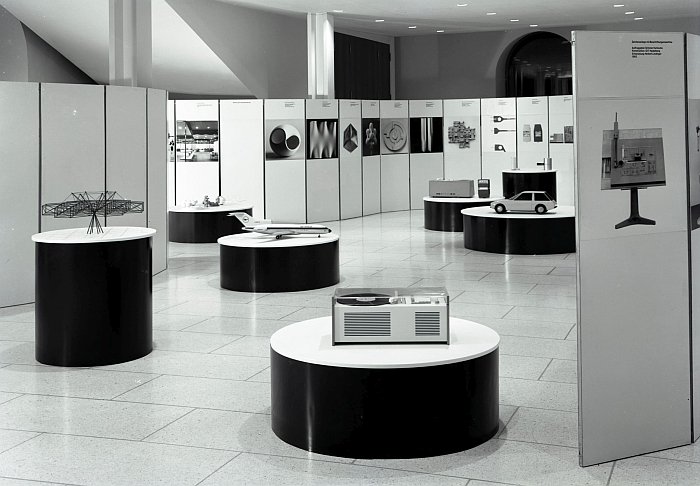
It is inarguably the association with ABBA that causes "1970s Sweden" to automatically, involuntarily, conjure up images of a very particular aesthetic, of a sparkly, chromatic, optimistic, celebratory aesthetic. Makes "1970s Sweden" sound like a synonym for letting the good times roll, and of a timeless retro feeling. An age made for the context-free lightness of Instagram. However, as the title of Stockholm's Museum of Furniture Studies' summer 2021 exhibition makes clear, "1970s Sweden" wasn't all highs. Certainly not in terms of furniture design.
Even if, as we understand the exhibition concept, the lows will only be discussed, and alone the highs will be presented. The curators' highs, and there is always room in any exhibition for debate and discussion on the curators' selection.
Promising a presentation of works by designers such as, and amongst others Bror Boije, Alf Svensson, Yngvar Sandström, Jan Dranger or Johan Huldt, and thus designers not only, largely, popularly unknown outwith Sweden but, arguably, not as popularly well-known within contemporary Sweden as they should be, and also manufacturers such as, and, again, amongst others, DUX, JOC, Kooperativa Förbundet or Innovator, who, again, arguably aren't as popularly well known as they could or should be, 1970s. High & low in Swedish furniture design, should provide an excellent starting point for the development of more probable understandings of the (hi)story of furniture design in Sweden.
A development of more probable understandings that should be aided and abetted not only by the examples of 1970s furniture design from outwith Sweden to be found in the museum's permanent archive space and which allow a direct comparison with that which was realised within Sweden; nor only by the promised discussions on 1970s textile design in Sweden, including the contributions of the likes of the 10-Gruppen or Wanja Djanaieff and which should appropriately and pleasingly extend the discussion; but also aided and abetted by the invariable presence in the exhibition of IKEA. For lest we forget, not only is Billy a child of the late 1970s, but the 1970s was the decade IKEA went global, large blue and yellow warehouses sprouting up at motorway junctions around the globe. And as we oft note IKEA have a very different role within Sweden than outwith, and understanding IKEA in the wider context of Swedish furniture and accessory design, not least in the 1970s, is important for better understanding both IKEA and the (hi)story of furniture design in Sweden.
And the development of more probable understandings of the (hi)story of furniture design in Sweden which can't but help nurture and advance more probable understandings of the social and cultural (hi)story of Sweden. And thus perhaps slightly less sparkly, slightly less iconic, slightly less ABBA-esque understandings of "1970s Sweden".
1970s. High & low in Swedish furniture design opened at the Museum of Furniture Studies, Magasin 6 - Frihamnsgatan 50, 115 56 Stockholm on Saturday April 24th and is scheduled to run until Monday September 27th. Please check the Museum of Furniture Studies website for current information.
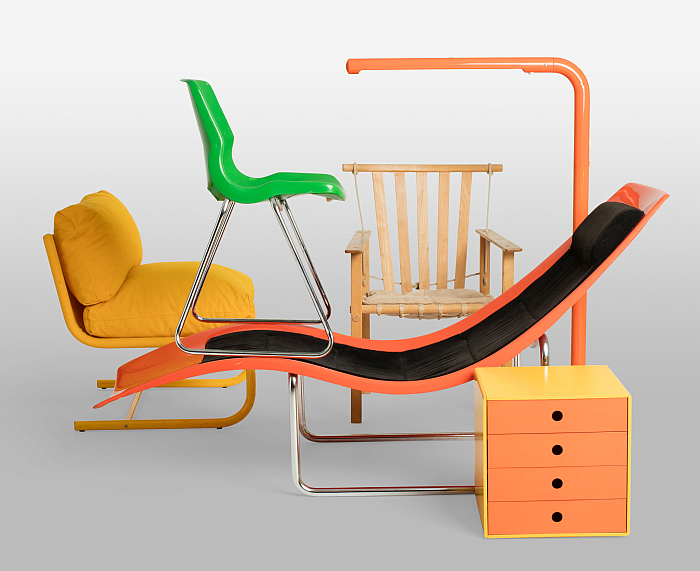
The increasing industrialisation of the late 19th/early 20th centuries not only saw new formal aesthetic understandings in terms of product design, but also supported, advanced, the development of new approaches to and understandings of urban planning, something that can be neatly followed through the rise of the Werksiedlung, housing estates built by industrial companies for their employees.
Which is exactly what the Museum Baruther Glashütte aim to do with an exhibition exploring not only the history of selected Werksiedlungen in Brandenburg, but of considerations on those estates today.
Focussing on the Schwartzkopff-Siedlung in Wildau, the Marga garden city in Senftenberg and the nearby Siedlungen of Annahütte and Lauta, in addition to housing estate associated with the Baruther Glashütte itself, Werksiedlungen in Brandenburg promises not only to allow for focussed considerations on the development of working class housing at the turn of the 19th/20th century, and that, arguably, the first time working class housing had been seriously considered, until then most working class families living in unregulated slums, and thus the first time a relationship had been established, been understood, between the health and well-being of workers and the health and well-being of a company; but should also allow for focussed considerations on the development of the garden city, a form of urban planning that arose in the late 19th century, which informed the planning basis of many Werksiedlungen, and went on to play an important role in many of the inter-War Functionalist Modernist orientated urban planning projects.
In addition to documentation and archive material relating directly to the estates themselves, Werksiedlungen in Brandenburg also promises a presentation of objects associated with the respective companies, objects which should help elucidate the close relationships between the estates and company, the close, dependent?, relationships of the empyloees to the employer; and also promises a presentation of contemporary photographs of the estates which should lead into reflections not only on the situation of the estates in contemporary Brandenburg, but also the relevance of the garden city in contemporary urban planning discourses. In Brandenburg and further afield.
Werksiedlungen in Brandenburg. From urban planning of the industrial age to contemporary cultural tourism is scheduled to open at Museum Baruther Glashütte, Hüttenweg 21, 15837 Baruth/Mark OT Glashütte on Sunday May 16th and run until Sunday August 15th. Please check the Museum Baruther Glashütte website for current information.
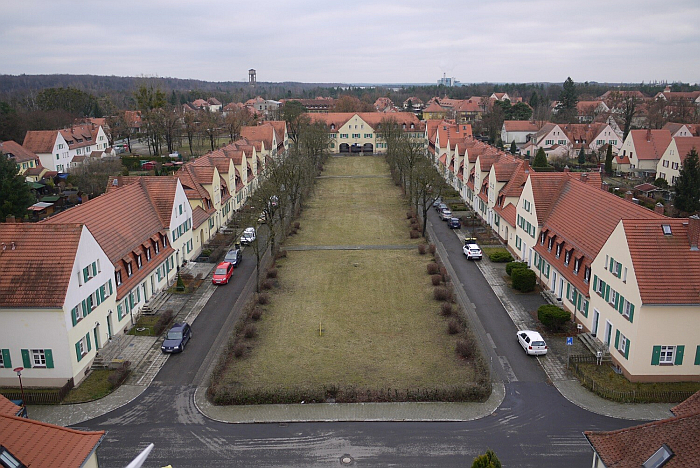
For all that Le Corbusier today is often associated with the quadratic whiteness of inter-War Functionalist Modernism, colour was of central importance in Le Corbusier's work, was integral to many of his approaches and understandings.
And a facet of his work, approaches and understandings that the Museum für Gestaltung Zürich will discuss in a building which, arguably, more concisely than any other, demonstrates Le Corbusier's understanding of the role and function of colour in architecture: the Pavillon Le Corbusier.
Promising an exploration of Le Corbusier's considerations and experimentations on, and his use of, colour from his early years as a largely decorative artist in La Chaux-de-Fonds over his Purism and Functionalism of the inter-War years and onto the synthèse des arts of his later career, an exploration undertaken through and via architectural projects as varied as, and amongst others, Villa La Roche, Paris, the Unité d’habitation, Marseille or Notre-Dame-du-Haut, Ronchamp, but also through and via Le Corbusier's cooperations with Basel based wallpaper manufacturer Salubra, the Philips Pavilion at Expo '58 Brussels or his 1938 lecture in Zürich on "Les relations entre architecture et peinture" in which he expounded in detail on is understandings of....les relations entre architecture et peinture, Le Corbusier and Color should allow for an approach to better understandings not only of the role and function of colour in Le Corbusier's work, but for all the evolution and development of the role and function of colour in Le Corbusier's work over the five decades of his active career. And thereby better understandings of the evolution and development of Charles-Édouard Jeanneret-Gris/Le Corbusier
In addition Le Corbusier and Color will also feature, and aside from Pavillon Le Corbusier itself, a presentation of the late 1940s Claude et Duval hosiery factory and office building in Saint-Dié-des-Vosges with its murals and colourful intersections by Le Corbusier and interior design and furniture by Charlotte Perriand and Jean Prouvé, and also a presentation of Le Corbusier's pigments alongside the pigments of the Weimar Bauhaus Meister Johannes Itten; all of which should not only help facilitate understandings of Le Corbusier and colour, but also help place Le Corbusier in wider considerations on the systematisation of colour and of the use of colour as a functional feature in architecture and design.
Le Corbusier and Color is scheduled to open at Pavillon Le Corbusier, Höschgasse 8, 8008 Zürich on Friday May 7th and run until Sunday November 28th. Please check the Museum für Gestaltung website for current information.
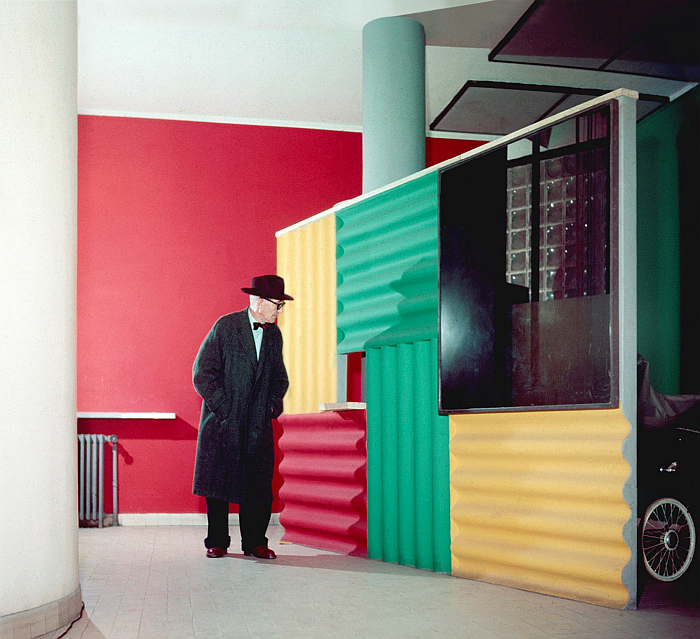
As Orchestral Manoeuvres in the Dark opined in 1971 Electricity is "the ultimate discovery", if, and as they go on to note, a problematic discovery; one which for all the benefits it brings also brings with it an awful lot of problems. An awful lot.
And a discovery which, as Z33, note, is addictive.
And thus although today we are very aware of the negative aspects of our electricity habit, we struggle to give it up: the networked digital framework we've established at the core of contemporary society is reliant on electricity, and we've all, apparently, concurred that if we are no longer going to burn fossil fuels to power vehicles, then let's burn electricity to power them.
Must that be?
With the exhibition Current Age Brussels based Studio Plastique, a.k.a. Theresa Bastek and Archibald Godts will, in essence, not only ask just that question, but also reflect on the question, if it (theoretically) needn't be, what would, could be the alternatives? And, one would hope, also consider where we could end up if it (theoretically) must be?
Exactly how Studio Plastique plan to do that, we know no; however, through (hopefully) stimulating a focussed and objective discourse on our relationships with electricity Current Age sounds as if it should help contribute to a collective rethinking, repositioning, rebooting and refreshing of that most complex and problematic of human relationships.
And as Orchestral Manoeuvres in the Dark reminded us, "the chance to change has nearly gone". Nearly, we still have a chance, if 50 years after OMD's warning a somewhat slimmer one......
Current Age. The (in)visible networks is scheduled to open at Z33 House for Contemporary Art, Design & Architecture, Bonnefantenstraat 1, 3500 Hasselt on Saturday May 1st and run until Sunday August 1st. ***Please beware that on account of electromagnetic radiation in the exhibition space anyone with electronic sensitive medical aids is advised not to visit.*** Please check the Z33 website for full, and more current, up-to-date information.
